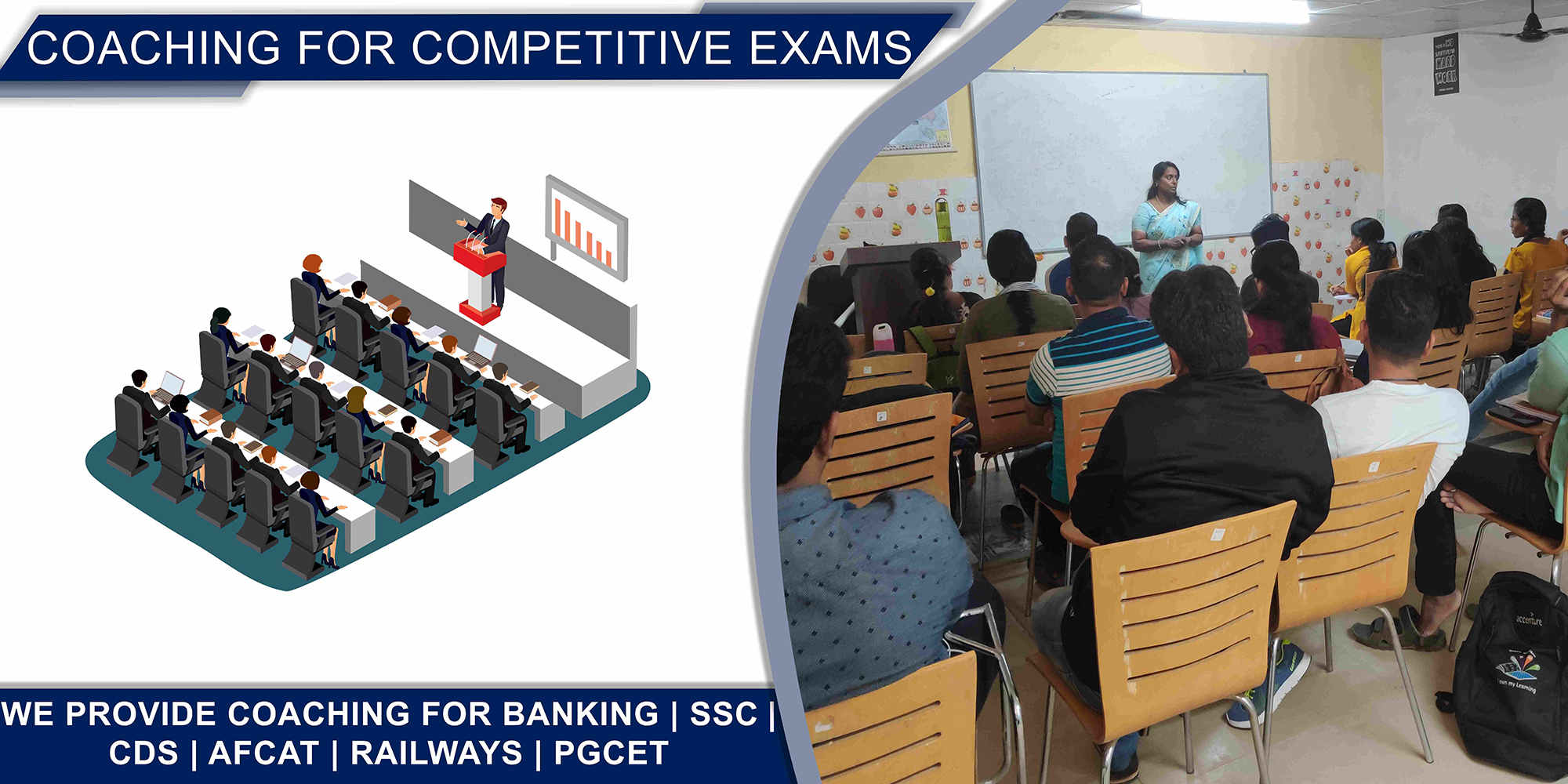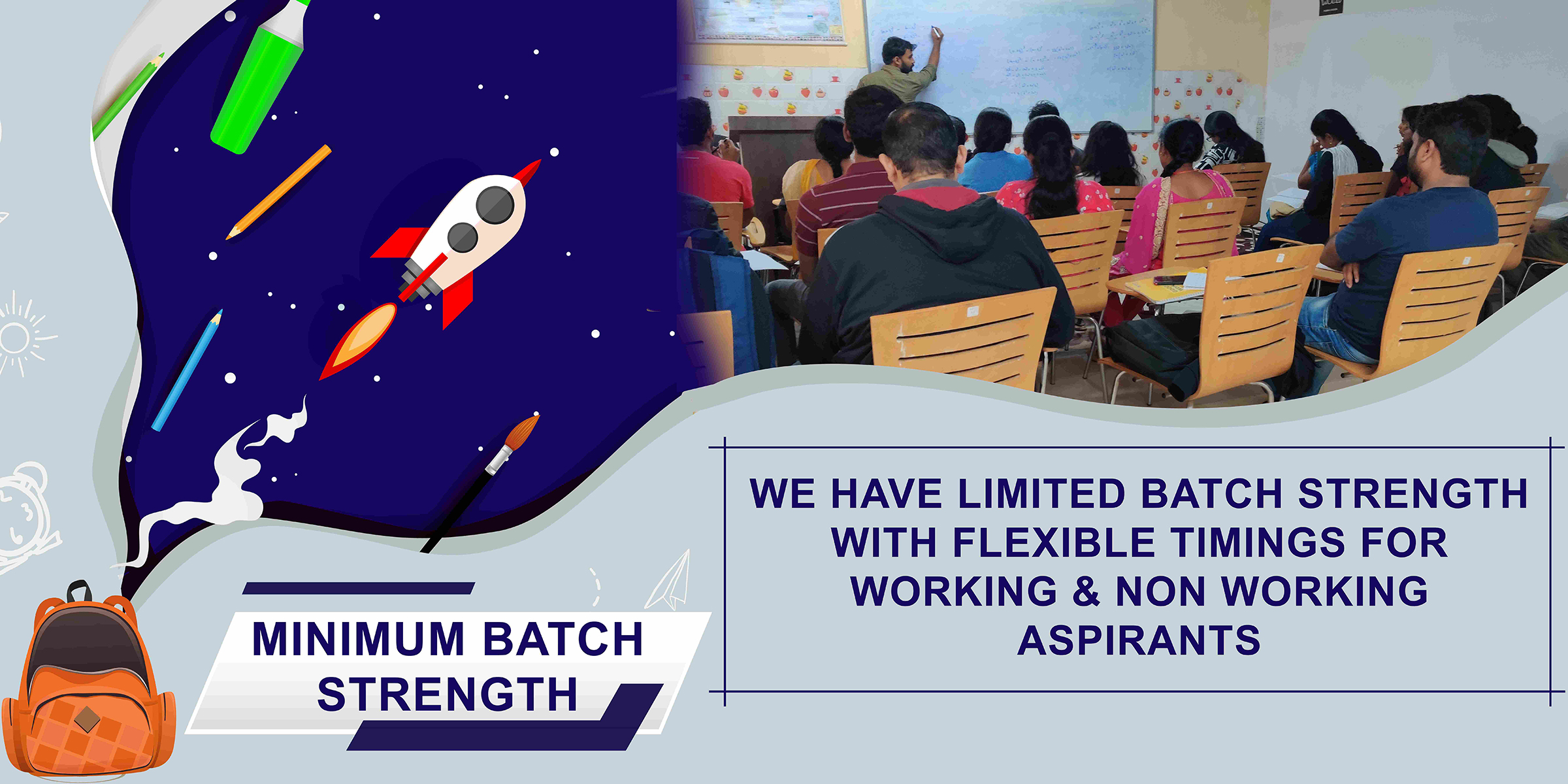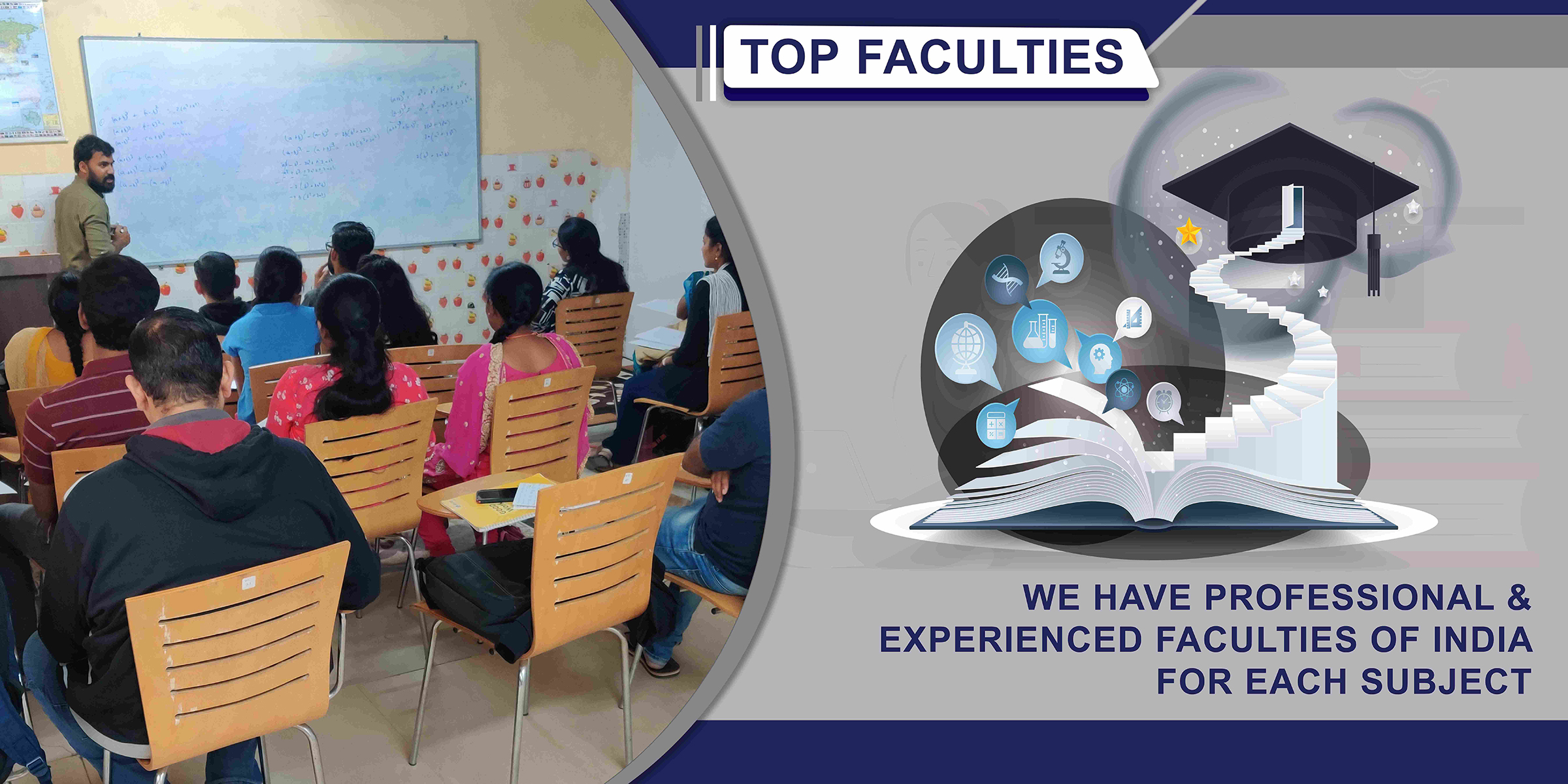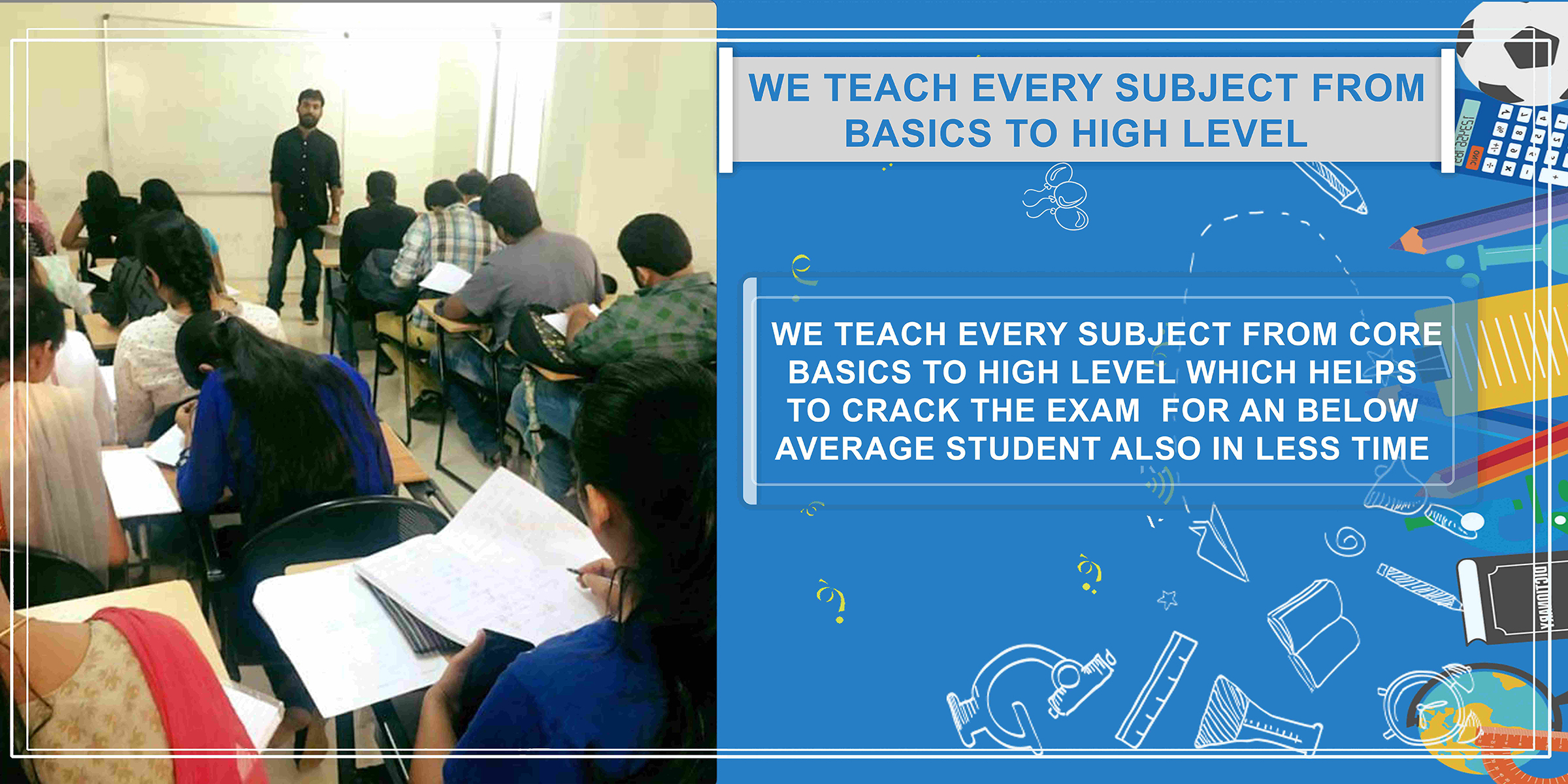Question Hour
The first hour of every parliamentary sitting is slotted for this. During this time, the members ask questions and the ministers usually give answers. The timing is from 11 to 12 noon. The questions are of three kinds, namely, starred, unstarred and short notice.
A starred question (distinguished by an asterisk) requires an oral answer and hence supplementary questions can follow.
An unstarred question, on the other hand, requires a written answer and hence, supplementary questions cannot follow.
A short notice question is one that is asked by giving a notice of less than ten days. It is answered orally.
Zero Hour
It is an Indian innovation and has been in existence since 1962. The zero hour starts immediately after the question hour, i.e., 12 noon to 1 pm. The members raise any issue of public importance on very short or even without notice.
Motions
The House expresses its decisions or opinions on various issues through the adoption or rejection of motions moved by either ministers or private members.
Calling Attention Motion: It is introduced in the Parliament by a member to call the attention of a minister to a matter of urgent public importance, and to seek an authoritative statement from him on that matter.
Adjournment Motion: It is introduced in the Parliament to draw attention of the House to a definite matter of urgent public importance, and needs the support of 50 members to
be admitted. It involves an element of censure against the government and hence Rajya Sabha is not permitted to make use of this device.
No-Confidence Motion: The Lok Sabha can remove the ministry from office by passing a no-confidence motion. The motion needs the support of 50 members to be admitted.
Guillotine: Certain “Demands for Grants” of various ministers are accepted by the Lok Sabha without any discussion. This is basically done due to paucity of time. Closure is the Parliamentary procedure by which a debate is closed and a measure under discussion brought up for an immediate vote.
Consolidated Fund of India (CFI)
The existence of the Consolidated Fund of India (CFI) flows from Article 266 of the Constitution. All revenues received by Government, loans raised by it, and also its receipts from recoveries of loans granted by it from the Consolidated Fund. All expenditure of Government is incurred from the Consolidated Fund of India and no amount can be drawn from the Consolidated Fund without authorisation from Parliament.
Contingency Fund of India
Article 267 of the Consti tution aut hori ses t he Contingency Fund of India, which is an imprest placed at the disposal of the President of India, to facilitate Government to meet urgent unforeseen expenditure pending authorization from Parliament. Parliamentary approval for such unforeseen expenditure is obtained post facto, and an equivalent amount is drawn from the Consolidated Fund to recoup the Contingency Fund.
Public Account
Moneys held by Government in Trust as in the case of Provident Funds, Small Savings collections, income of Government set apart for expenditure on specific objects like road development, primary education, Reserve/ Special Funds etc. are kept in the Public Account. Public Account funds do not belong to Government and have to be finally paid back to the persons and authorities who deposited them. Parliamentary authorisation for such payments is, therefore, not required, except where amounts are withdrawn from the Consolidated Fund with the approval of Parliament and kept in the Public Account for expenditure on specific objects, in which case, the actual expenditure on the specific object is again submitted for vote of Parliament for drawing from the Public Account for incurring expenditure on the specific object.





